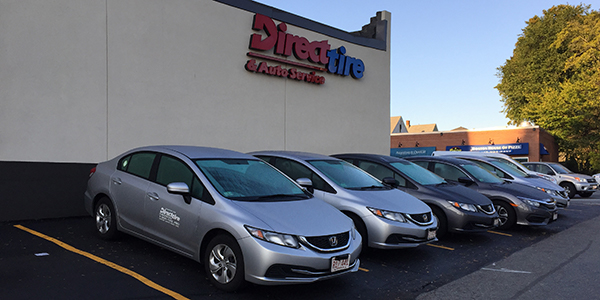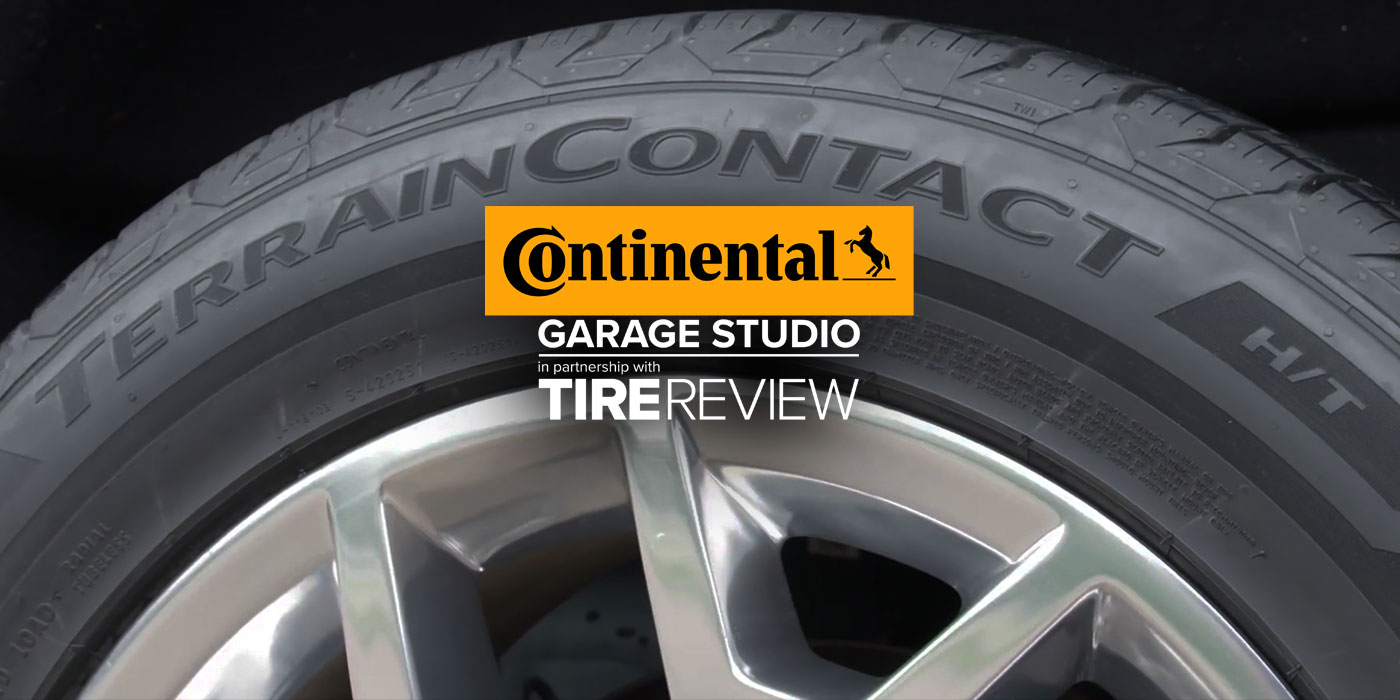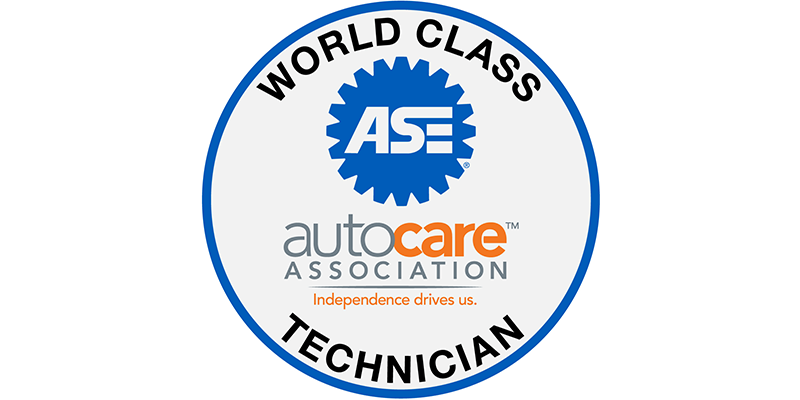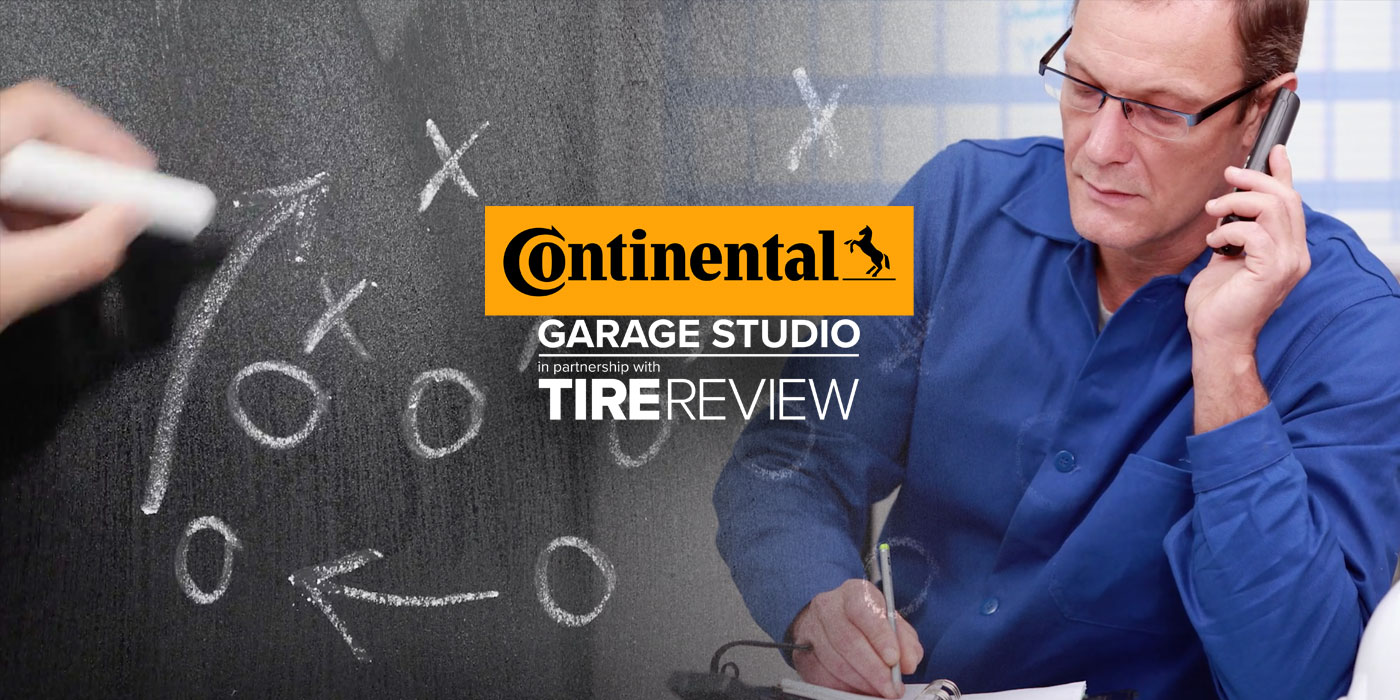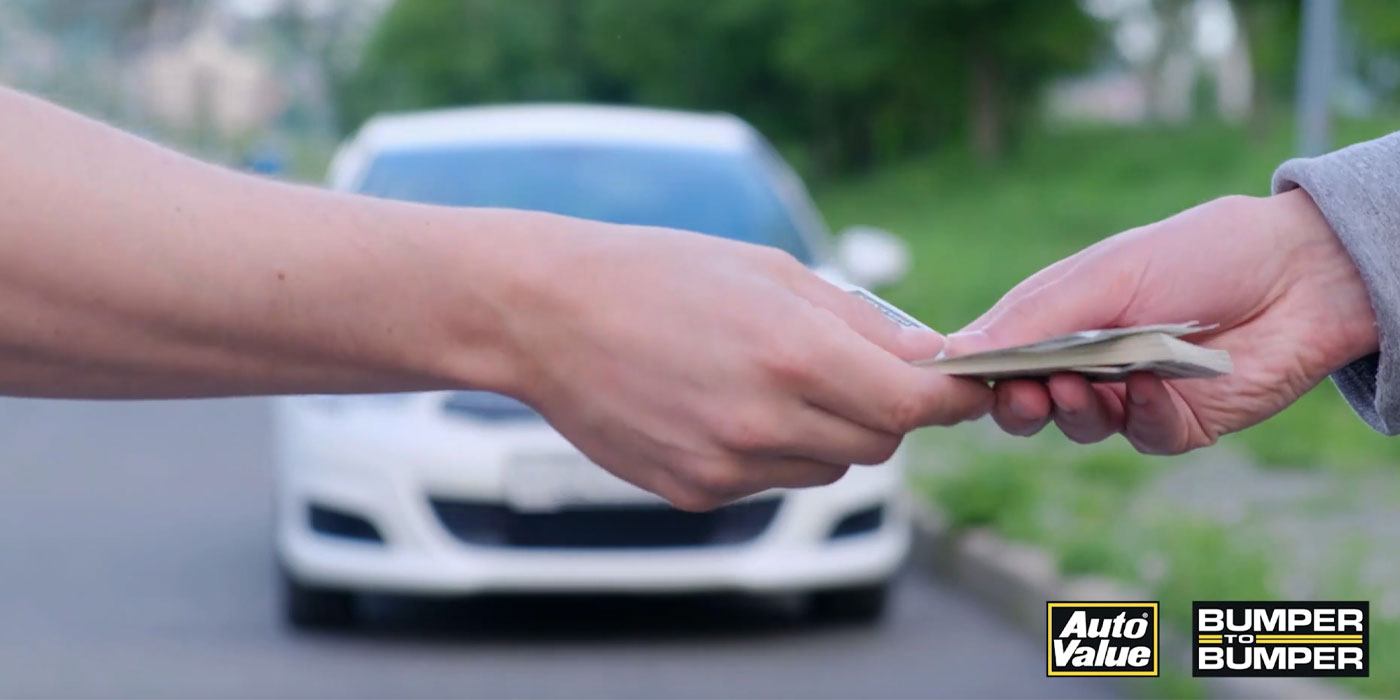It’s no secret that vehicle repairs and maintenance are not high on your customers’ lists of things they’d like to do. Part of the reason is the inconvenience: finding an appointment time that works around busy schedules; securing a ride and dropping off the car, or clearing an afternoon to sit and wait for repairs.
And what if a job takes longer than originally planned? Well, you’re talking a whole new level of inconvenience.
While courtesy shuttles once served as a solution, today they no longer offer the same “wow factor” for customers as they once did. Instead, savvy tire dealers are beginning to follow the example of luxury car dealerships – offering customers a loaner car to use while their own vehicle is in the shop, especially in the case of overnight repairs.
Below, a few tire dealers who have taken steps to set up loaner car programs share some insights about why and how they made the move.
Operating a Fleet
An industry visionary in many ways, Barry Steinberg, owner of Direct Tire & Auto based in Watertown, Mass., started a loaner car program very early on when, in 1985, one of his employees was selling a used car.
“I thought it would be great for me to have as a loaner car for my clients,” Steinberg recalls. “Great idea, but the car broke down on the very first day, so I went and bought a Geo Prism.”
Today, Direct Tire operates a loaner fleet of 23 Honda Civics, each on a three-year lease cycle from a nearby car dealership.
“I am paying under $200 per month, all in, per car and we swap them every three years and the local Honda dealer loves us,” Steinberg says. “They are dependable and they’re easy for clients to drive.”
Because it sets the shop apart in the industry, Direct Tire markets its loaner fleet “everywhere,” according to Steinberg: “The radio, our website, Facebook, e-blasts, our on-hold message. Our clients are our best source of future business because of the loaners; they tell their friends.”
In addition to the well-publicized perk for customers, the loaner cars themselves serve as an advertising tool – each is a “rolling billboard” for Direct Tire, according to Steinberg.
Regarding the mechanics of the program, the details – who has a car, on which days and for how long – are tracked in the dealership’s POS system. Customers provide a copy of their drivers license, their insurance information, sign a full insurance waiver for damage and any liability, and hit the road in their loaner car.
Direct Tire carries a multi-million dollar umbrella policy for liability and Steinberg opted for a very high deductible to lower the monthly premiums. He says there have been very few insurance issues in the 30-plus years of offering loaner vehicles.
“We have made auto repair and tire purchasing easy,” Steinberg says. “Alternate transportation is no longer an issue – no borrowing someone’s car. No asking someone for a ride. No taxi. No Uber or Lyft. No public transportation. It’s easy and they love us for offering this service.”
Relying on Rentals
Roughly 15 years ago, Bud Luppino, owner of Riverside, Calif.-based Bud’s Tire Pros, researched owning a loaner fleet versus contracting with a rental car company and opted for the latter.
“If we have a situation where it’s needed, we just call Enterprise. We have an account with them and a lot of times we pay for the car; in certain situations the customer does,” he says.
The biggest challenge to owning a fleet is the cost of insurance in California. That, combined with the fact that Bud’s Tire Pros doesn’t need loaner vehicles often, made investing in a decent car – plus the cost to insure and maintain it – not worthwhile.
“In order for it to make sense we’d have to lend out a lot more than we do,” Luppino says. “Enterprise comes and picks up the customer, or occasionally we’ll give them a ride. We don’t advertise this; it’s just something we use as needed. We advertise our free shuttle cars, but not the loaners.”
Ron Poulin, owner of Country Tire & Service Center in Rochester, N.H., took that sentiment one step further and enlisted Enterprise as a tenant in the building he constructed when opening his tire dealership.
“If a customer’s vehicle requires a decent amount of work – longer than a day – we do get rental cars at a reduced rate,” he says. “Sometimes we absorb them into the repair just in order to keep the customer happy.”
Poulin, who comes from a car dealership background (he’s still a partner with his father and brother at a Jeep dealership down the street from Country Tire), has experienced owning and operating a dealership’s rental fleet, which is why he took what he felt was the easier and less costly route of partnering with Enterprise.
“We had a rental car fleet (at the Jeep dealership) before we ended up selling that part of the business to Enterprise, so I had a pretty good idea of the type of obstacles and concerns you run into when renting cars to customers,” Poulin says. “The insurance cost alone can be high; you need to carry liability and some sort of collision insurance. A lot of insurance companies frown upon providing rental cars. We found out years ago that it was a pretty costly line item to keep a rental car fleet.”
In addition to having Enterprise as a tenant, the rental car company sends its vehicles to Country Tire for service, which helps keep the shop full in the form of flexible repair and maintenance work.
“Whether it be Enterprise or any of rental car company, a lot depends on how many locations the company wants to put up in any given city,” Poulin says. “Not every tire dealership or car repair place can have a rental car location; when I was building, I got lucky because Enterprise didn’t have a location nearby.
“My primary reasons were taking care of the customer and getting the extra work,” he continues. “It’s a lot easier for Enterprise to service the cars with me than taking them to another location – and it works for us because we can fit the cars in when we have time in our schedule.”
Today’s customers value two things: their time and a no-hassle experience. A loaner car program certainly encompasses these two customer-centric beliefs.

